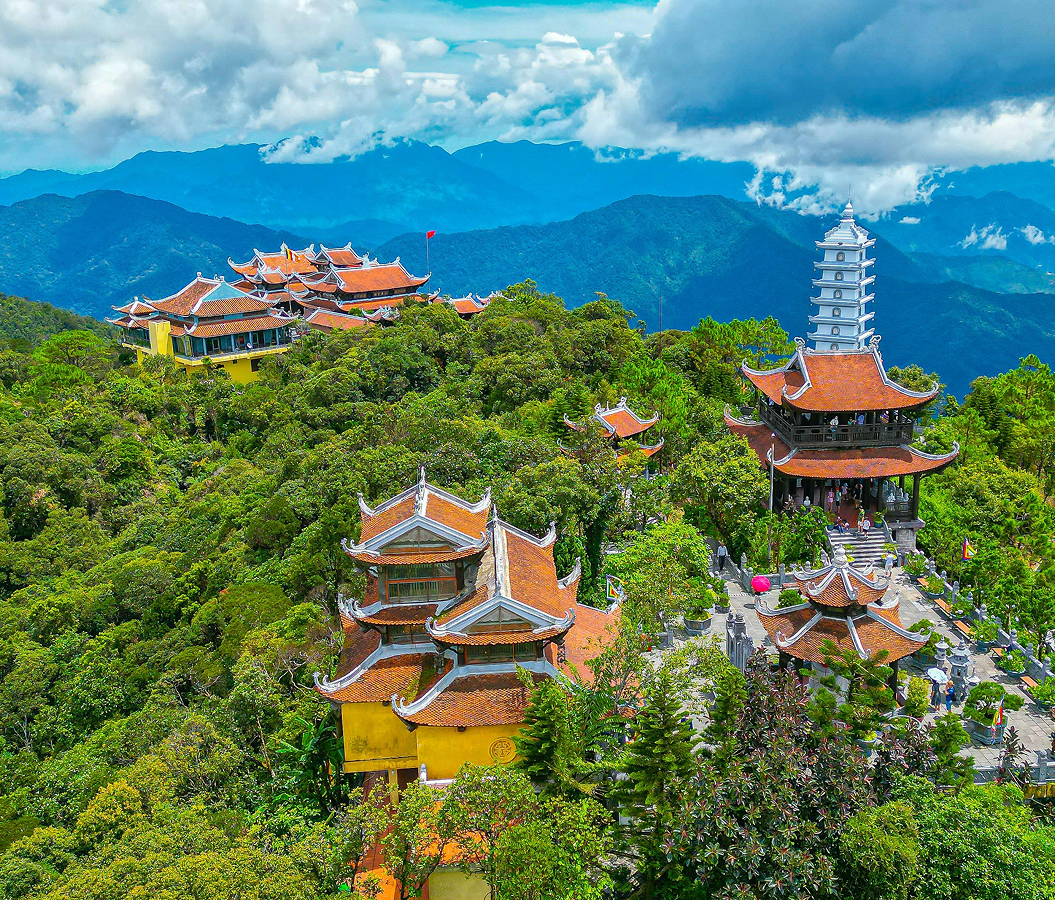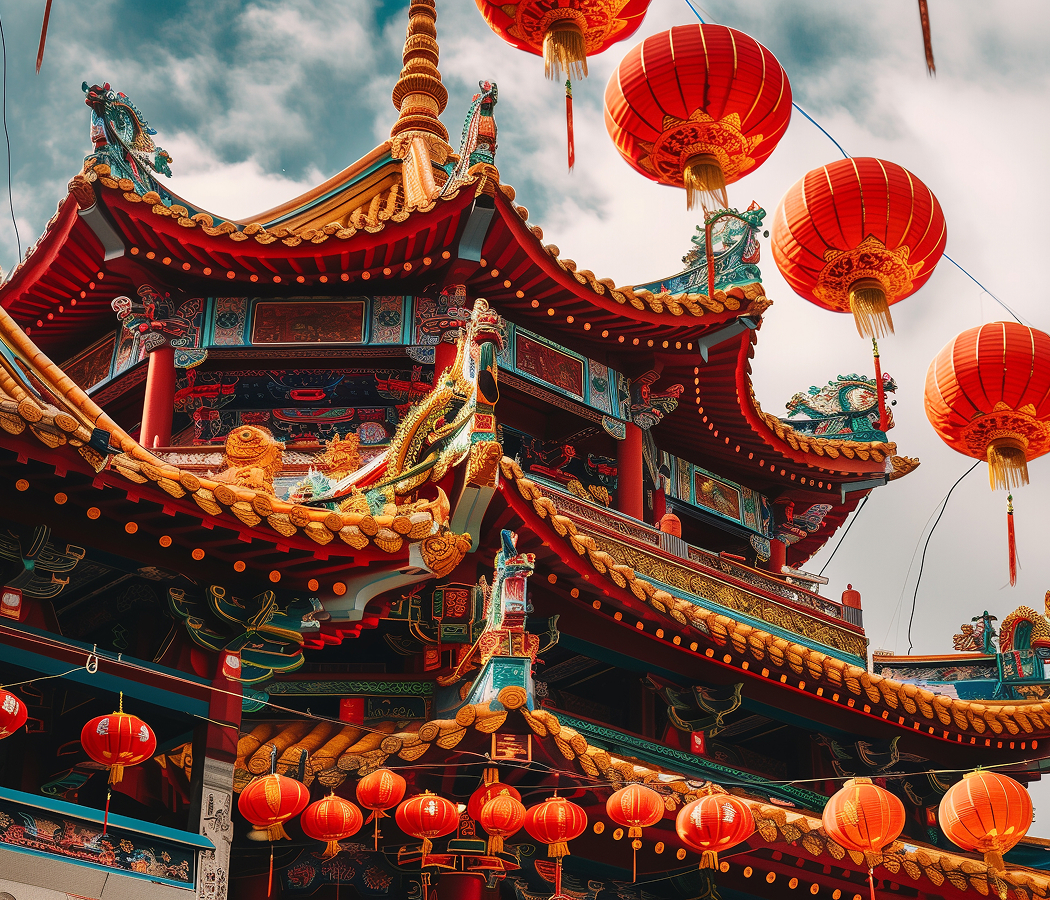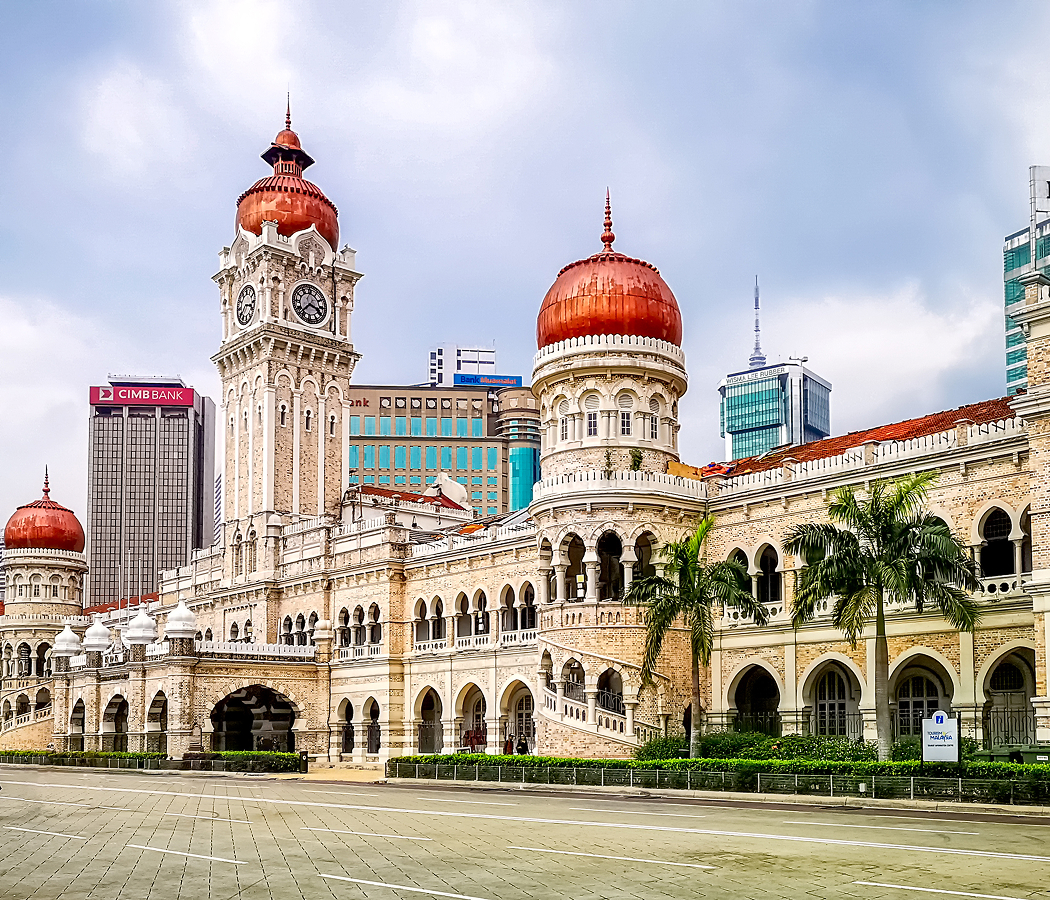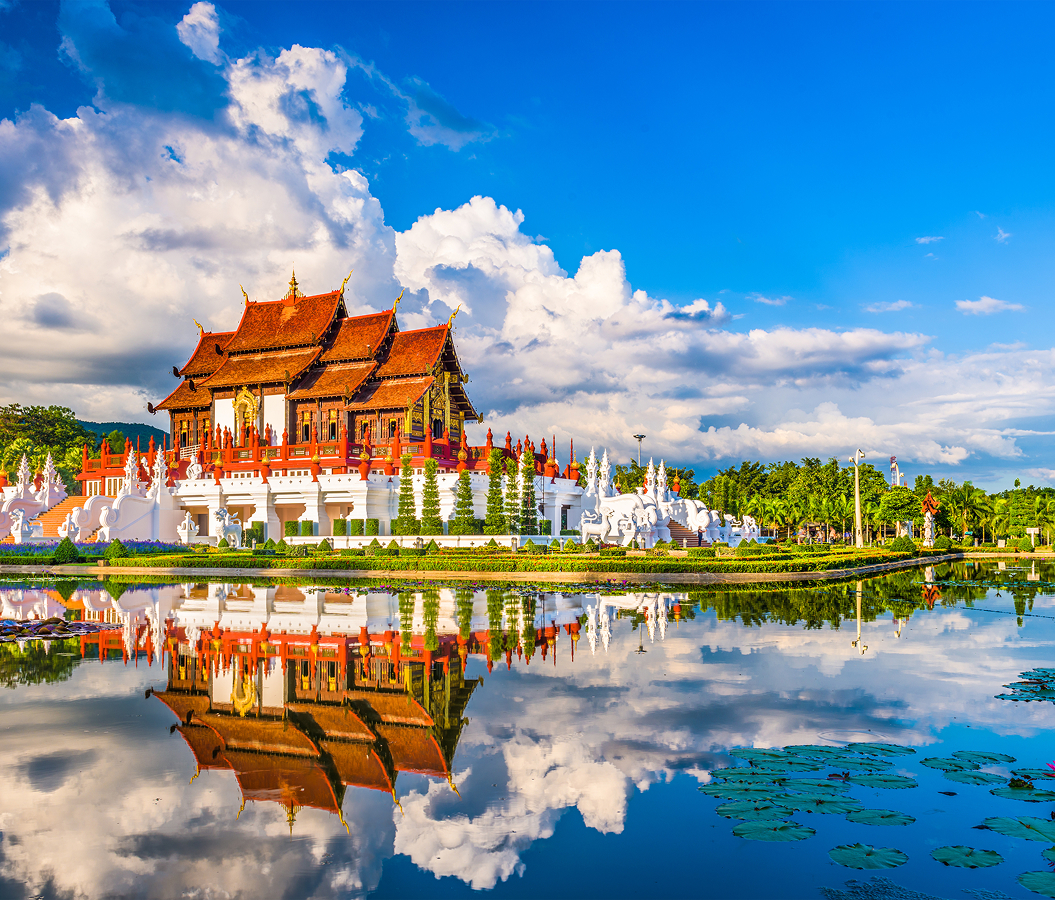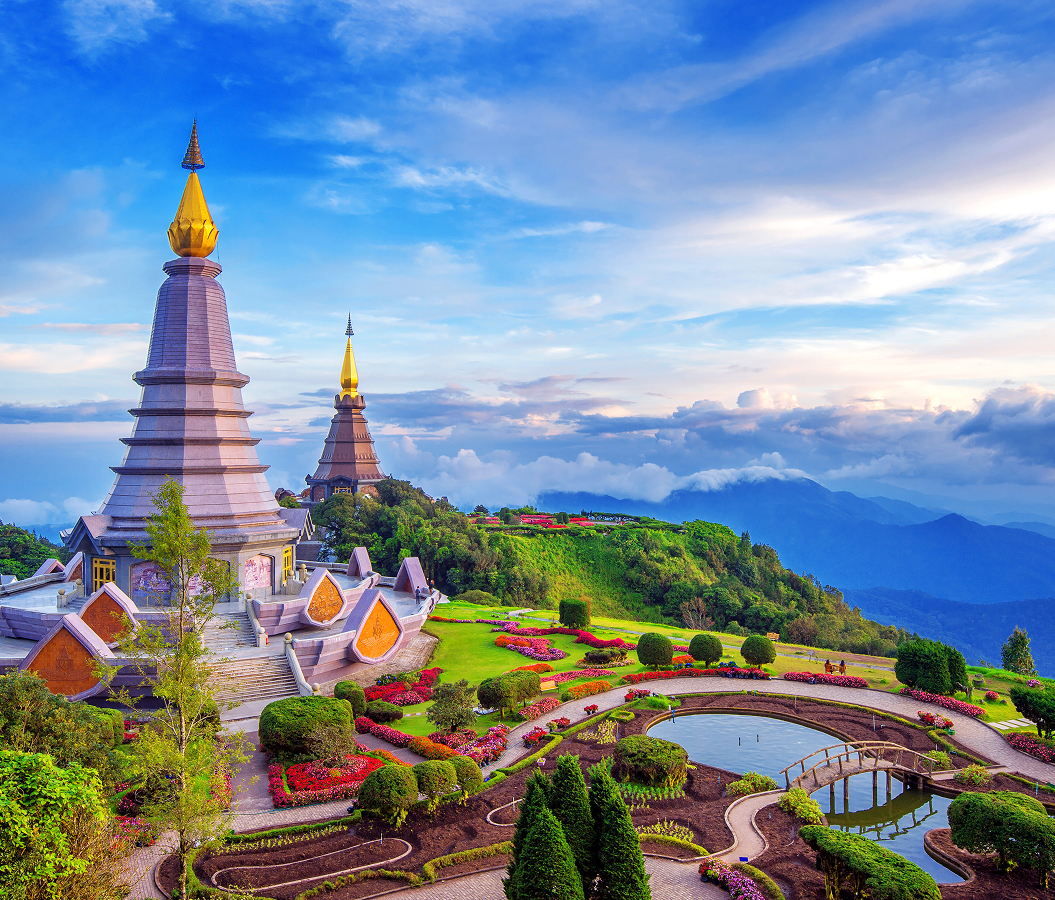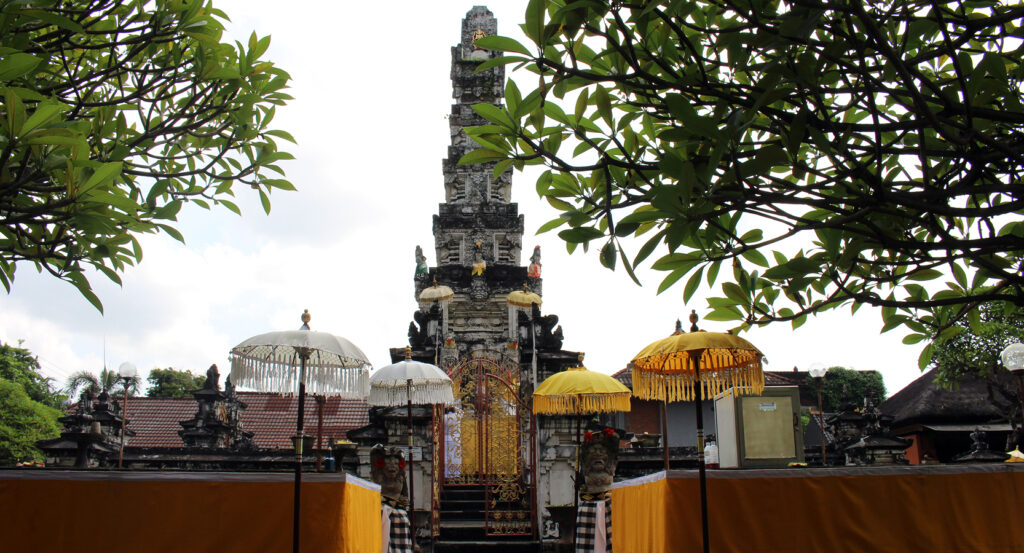
Why you should experience Agung Jagatnatha Temple (Pura Jagatnatha Temple) in Denpasar.
Agung Jagatnatha Temple (Pura Jagatnatha Temple) in Denpasar is the spiritual heart of Bali’s capital, a serene sanctuary where devotion, architecture, and artistry converge in the island’s purest expression of faith.
Rising gracefully in the center of the city near the Bali Museum, the temple feels both grounded and transcendent, its coral stone walls and towering meru shrines glowing gold at sunrise, its courtyards alive with ritual and rhythm. Dedicated to Sanghyang Widi Wasa, the supreme god in Balinese Hinduism, Agung Jagatnatha Temple was designed to embody the island’s philosophy of balance, between gods and people, earth and sky, chaos and calm. The first thing you notice is the striking padmasana shrine at its center, a coral limestone tower adorned with carvings of dragons, celestial beings, and lotus petals symbolizing divine purity. As the morning light catches its white surfaces, the temple seems to shimmer, reflecting both reverence and resilience. Though smaller than Bali’s mountain temples, its urban setting gives it a unique energy, a place where daily life and divine rhythm intertwine. Amid the sound of scooters and chatter from nearby streets, you’ll hear the soft ring of gamelan bells and the rustle of offerings being placed, quiet gestures of gratitude that remind you that in Bali, the sacred isn’t hidden away in the clouds; it’s woven into everyday life.
What you didn’t know about Agung Jagatnatha Temple.
Though it feels timeless, Agung Jagatnatha Temple is one of Bali’s more recent holy sites, a modern reflection of ancient belief.
It was constructed in 1953, after Indonesia’s independence, as a unifying temple for all Balinese Hindus, a place where anyone, regardless of caste or village, could come to worship. Its name, “Jagatnatha,” translates to “Lord of the Universe,” and its design reflects both devotion and inclusion. The central shrine, the padmasana, represents the axis mundi, the cosmic pillar that connects heaven and earth, while the surrounding pavilions (bale) are used for ceremonies that honor ancestors and deities. Unlike older temples built of volcanic rock, Jagatnatha’s coral limestone and white motifs symbolize purity and light, a stylistic shift that marked a new era in Balinese temple design. During the full moon (Purnama) and new moon (Tilem), the temple transforms, filled with devotees in ceremonial dress, their offerings of flowers, rice, and incense forming a tapestry of devotion that stretches across the courtyard. Few travelers realize that the temple’s carvings depict not just mythic figures but philosophical teachings, the Barong and Rangda representing good and evil, Garuda symbolizing freedom and divine strength. Managed by the local Hindu Council, it remains a vital spiritual and cultural center, bridging Denpasar’s modern bustle with Bali’s timeless essence.
How to fold Agung Jagatnatha Temple into your trip.
Visiting Agung Jagatnatha Temple is less about sightseeing and more about slowing down to witness the living rhythm of Balinese spirituality.
Plan your visit in the early morning or late afternoon, when the light softens and ceremonies often begin. The temple sits just beside Puputan Square in central Denpasar, easily reachable by car or scooter from the resort towns of Sanur and Seminyak. Upon arrival, wrap a sarong around your waist, a sign of respect required for entry, and pass through the split gateway (candi bentar), which represents the duality of life. Inside, move slowly between shrines and courtyards; the scent of incense and frangipani drifts through the air as priests chant mantras in rhythmic cadence. If you visit during a festival, you’ll see dancers in vivid silk performing traditional legong and baris routines as offerings are carried in woven baskets to the altar, a spectacle of devotion and art inseparable from daily Balinese life. Afterward, walk across to the Bali Museum to deepen your understanding of the island’s cultural evolution, or sit by Puputan Square to watch locals gather at sunset. The juxtaposition, the sacred and the civic, the spiritual and the ordinary, is what makes Agung Jagatnatha Temple so compelling. It’s not isolated from Denpasar’s pulse; it is the pulse, a living reminder that Bali’s spirituality doesn’t retreat from the world, but illuminates it. Standing within its white stone walls, beneath the open sky, you feel the quiet truth of the island’s faith: that harmony isn’t found in escaping life, but in embracing it completely.
Hear it from the Foresyte community.
Super central, super local. You’re basically watching real life faith happen in real time. Zero pretense. Just sit for a sec and let it wash over you.
Where meaningful travel begins.
Start your journey with Foresyte, where the planning is part of the magic.
Discover the experiences that matter most.













